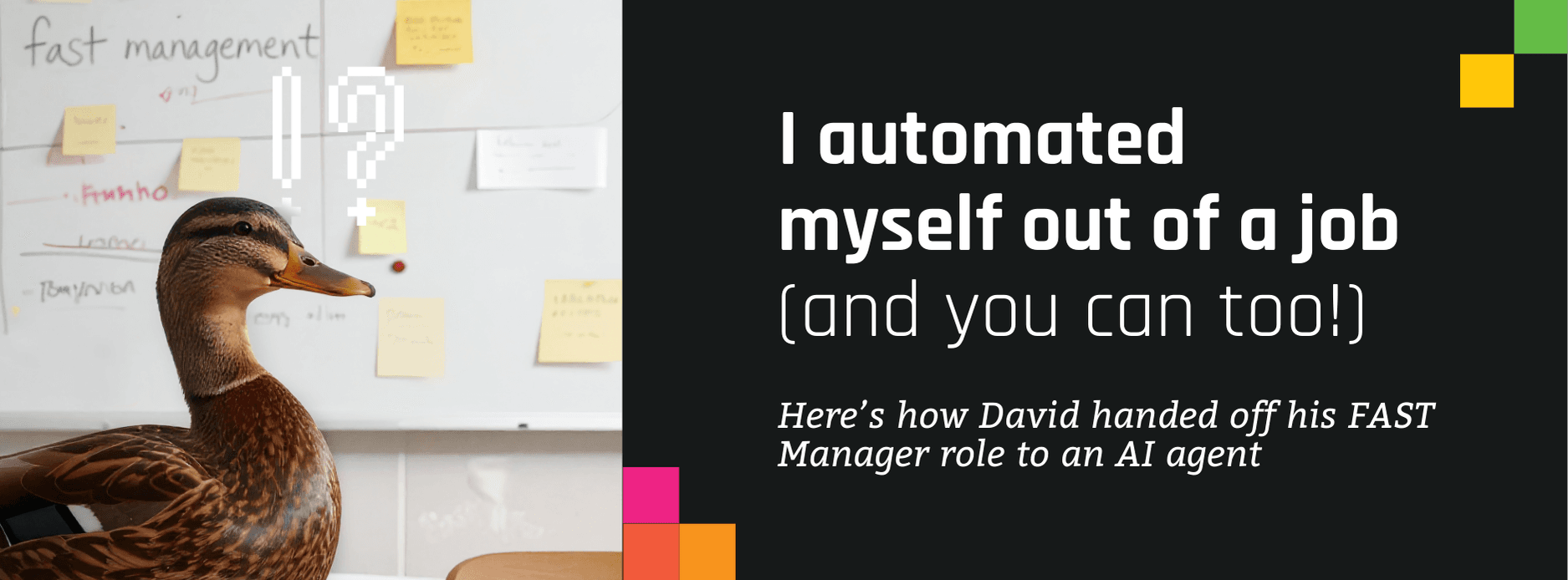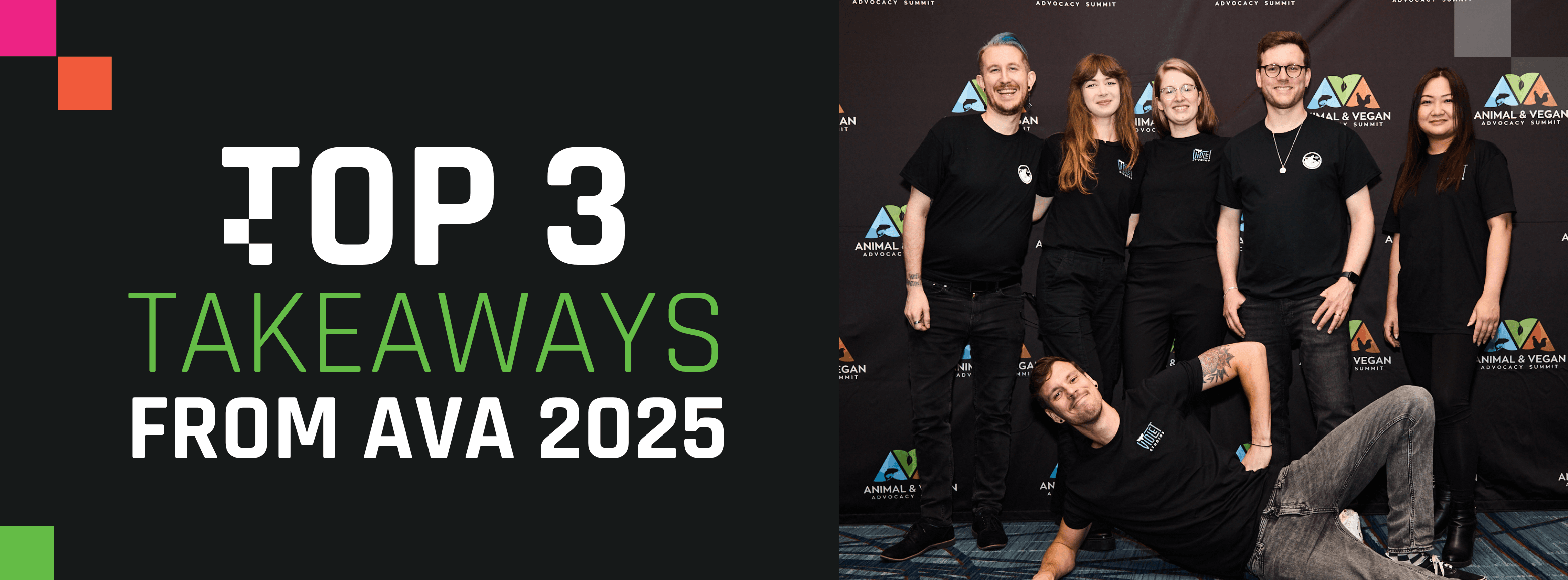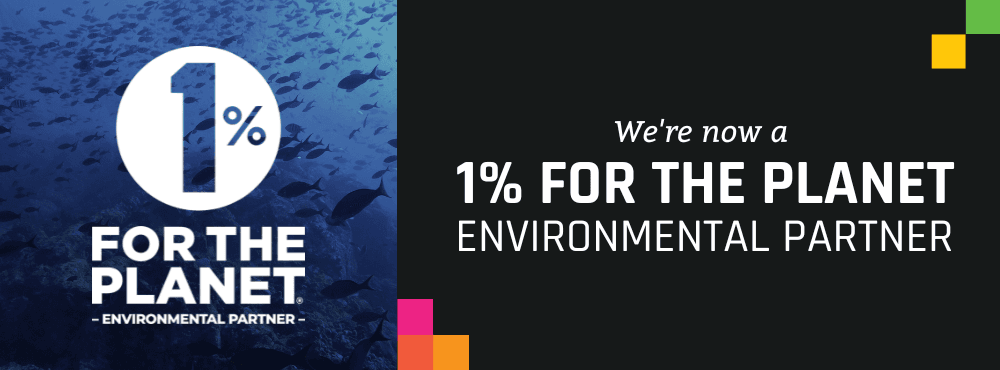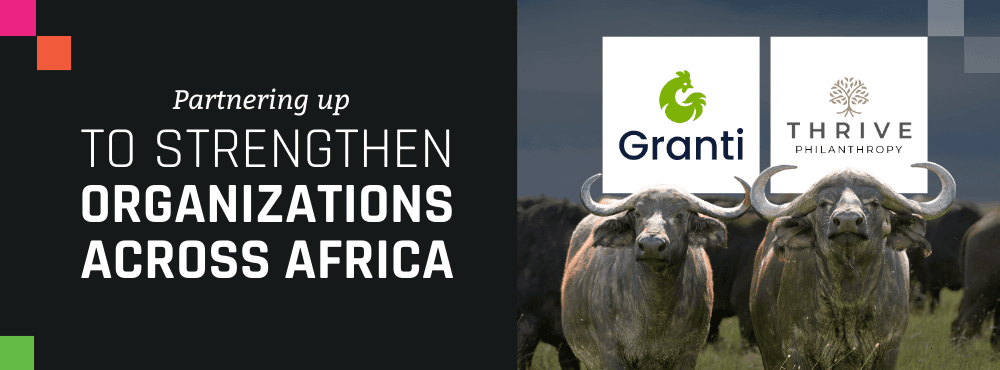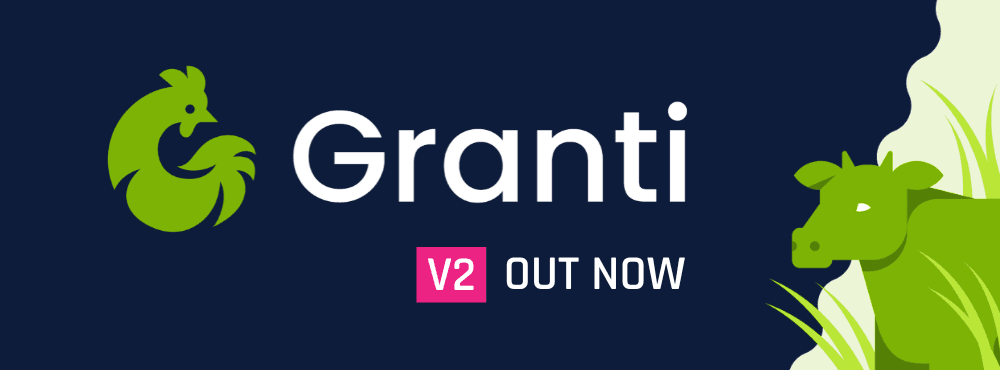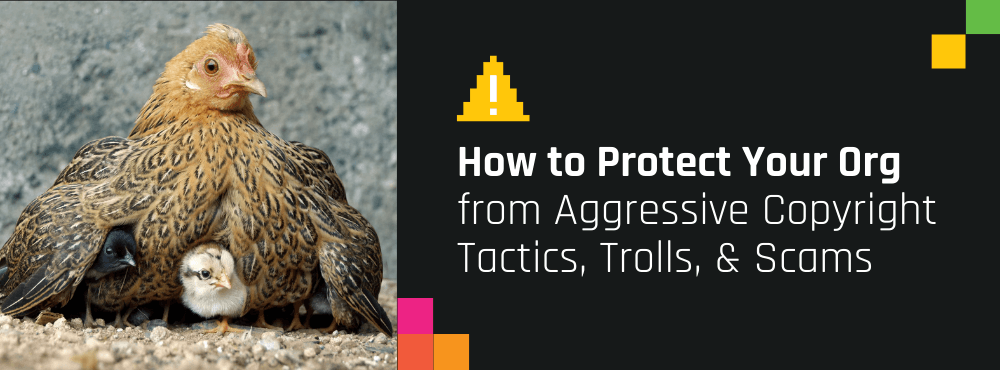
A Quick Guide to Understanding and Handling Copyright Claims
Written by Jennifer Buesser (Animal Defense Partnership), Eva von Jagow (We Animals), Gabriele Bernotaite (Vegan Hacktivists)
The information provided here is for educational purposes only and should not be considered legal advice. If you have specific concerns about copyright claims, we recommend consulting a qualified attorney.
The rise of digital tools—such as watermarks and reverse image search—has made it easier than ever for copyright holders and their representatives to track unauthorized use of their images online. While this can serve a legitimate purpose, it has also led to a surge in copyright enforcement tactics that feel aggressive, intimidating, and at times, exploitative.
Many organizations now find themselves receiving copyright infringement notices, demanding hefty payments for alleged unauthorized image use. While some of these notices are legitimate, others come from companies that operate in a legal gray area—or from outright scammers preying on your fear and confusion.
If you receive an infringement notice, knowing how to spot the difference is crucial. Understanding how these claims work, how to verify them, and how to respond can help you avoid unnecessary costs and stress. Let’s walk through the essentials.
How Copyright Infringement Notices Work
Many companies and law firms actively monitor the internet for unauthorized image use. Some operate within legal and ethical boundaries, representing legitimate copyright holders. Others take a more aggressive approach, prioritizing quick payments over fair resolutions. Then there are outright copyright trolls—companies or individuals who exploit the legal system to extract money from organizations, regardless of whether the claims are valid.
Copyright trolls and bad-faith enforcers often rely on fear tactics. Their emails typically:
Demand substantial payments—often $300 or more per image
Use international law to intimidate—citing legal claims to add pressure
Make questionable claims—sometimes over royalty-free images or content they don’t actually own
Their goal is often to intimidate you into paying quickly, whether or not the claim has merit. Before taking any action, verifying the legitimacy of the claim is essential.
Separate from copyright trolls, copyright phishing scams attempt to steal sensitive information or install malware under the guise of an infringement notice. These scams don’t necessarily demand money upfront. Instead, they rely on tricking you into clicking links, downloading attachments, or providing login credentials.
![[Blog] Copyright Scams - Laptop 1](/_next/image?url=https%3A%2F%2Fimages.ctfassets.net%2Fa0em3uo7cuue%2F7hRFBvMW9KCo6jdvruxXzn%2F26cfc320200433e3d7665d5dfdb07d45%2FPerson_Using_Macbook_Pro.jpg&w=3840&q=75)
What to Do If You Get a Notice of Copyright Infringement
1. Treat emails as suspicious until verified
Not every infringement notice is a scam, but many follow similar patterns. Before clicking any links, replying, or making a payment:
Check the sender’s email address – Is it from an official domain, or something like @gmail.com or a suspiciously spelled address (e.g., @reuiters-news.com instead of @reuters.com)?
Google the sender or firm – Look up their name along with terms like “scam” or “fraud” to see if others have reported them.
Search the email text – Scammers often reuse templates. Copy a paragraph and paste it into a search engine to check.
Verify claims through official sources – If the sender claims to represent a known agency (such as Reuters or AP), visit their official website and contact them directly—do not use the contact information from the email itself.
2. Investigate the claim
Review the email carefully:
Did your organization actually use the image in question?
Where and how was the image obtained?
Did a valid license apply to its use?
Gather context by checking with your web designer, social media manager, or other team members who may have sourced the image. Document everything, and if unsure about the claim, consider removing the image while you investigate.
3. Verify the sender’s right to enforce the copyright
A legitimate notice should include:
The name of the actual copyright owner
A clear explanation of the sender’s authority to enforce the claim
Specific details about the alleged infringement (such as URLs or image IDs)
If this information is vague or missing, that’s a red flag. If in doubt, seek legal advice before responding.
4. Decide how to proceed
Once you've gathered the facts, decide on your next step.
If you had the right to use the image – Respond with proof (such as a license) only if you have verified the sender’s legitimacy.
If you used the image without permission and want to settle – You can often resolve these matters for substantially less than the amount initially demanded. Negotiate the amount and ensure you receive a written release confirming the issue is resolved.
If the claim seems unjust or you choose not to respond – Some companies operate on a business model of pressuring payments, and ignoring the claim may be a viable option. However, this comes with risks, so weigh your decision carefully.
![[Blog] Copyright Scams - Laptop 2](/_next/image?url=https%3A%2F%2Fimages.ctfassets.net%2Fa0em3uo7cuue%2F1R2fqyrbANS1aD4tas4xGn%2F1c142a1f9b78898bca7a8fa8ddacc60b%2FEntrepreneur_Startup_Woman.jpg&w=3840&q=75)
How to Protect Your Organization
1. Verify image licenses
Use royalty-free sources or obtain explicit permissions.
Consider We Animals as a trusted source for images and always follow their crediting guidelines.
Canva offers free Teams accounts for nonprofits, including access to their Pro stock image library—a safe way to source high-quality, licensed images.
2. Educate your team
Establish clear image-use protocols.
Train staff and volunteers on proper sourcing and handling of copyright claims.
Encourage reporting of any suspicious infringement notices immediately.
3. Consider insurance coverage
Media liability coverage can provide protection in the event of copyright claims. For some organizations, the cost may be worth the peace of mind.
4. Stay informed
Keep up with copyright law changes and emerging scam tactics. Regularly review your website, social media, and internal policies to ensure proper rights for all published content.
![[Blog] Copyright Scams - Laptop 3](/_next/image?url=https%3A%2F%2Fimages.ctfassets.net%2Fa0em3uo7cuue%2FrR5UTzixq1MmosYGc9hrQ%2F780805280dcf79fa0383d13c60f04b79%2FCanva_Laptop_Photo.jpg&w=3840&q=75)
Why Proper Crediting Matters—Especially in Our Movement
Beyond protecting your organization from copyright issues, proper crediting plays a vital role in supporting the photographers and journalists behind these images. Many contributors at We Animals, as well as independent photojournalists and those working with other organizations, document critical stories at great personal expense, often earning little to no revenue for their work.
1. It’s a gesture of gratitude
“Crediting is not only required,” says Eva von Jagow, We Animals' Marketing Manager,“ but it’s also a gesture of appreciation and gratitude to the brave photographers and journalists who bore witness to document these stories.”
While crediting is a requirement under We Animals’ licensing terms, it’s more than just a technicality. By crediting photographers, you give them exposure, ensuring that their work reaches more people and continues to have an impact.
2. It sustains photojournalism in the movement
That’s why sourcing We Animals' images directly from their stock site is so important—it ensures proper usage, supports ethical photojournalism, and helps sustain the movement. While it may be tempting to download images from Google or take screenshots from Instagram, following the correct process—registering for a free account, adding images to your cart, and selecting the appropriate licensing type—ensures proper usage.
This allows platforms like We Animals to offer free access to these photographs, while also helping keep track of who is using the images and for what purpose. If the images will be used commercially, disclosing that is crucial as well.
We understand that in today’s world of easy screenshots and quick downloads, these extra steps may feel cumbersome. But respecting copyright ensures that animal rights photographers can continue contributing their work.
3. It fuels credibility
In the animal advocacy movement, visual storytelling is a powerful tool—but with that power comes responsibility. As AI-generated content becomes more common and concerns about authenticity grow, using verified, fact-checked imagery is more important than ever. Crediting the creators behind those visuals not only honors their work but also helps maintain trust and transparency within the movement.
Resources like We Animals offer a library of over 35,000 curated images and videos—each accompanied by detailed metadata and descriptions. If you use their work, take the time to learn how to credit the visuals properly. It’s a small step that makes a big difference.
![[Blog] We Animals Image](/_next/image?url=https%3A%2F%2Fimages.ctfassets.net%2Fa0em3uo7cuue%2F6Kv1YuOrVS7YRMSSO6TE31%2F4f20d9b5f370079ada6e526fdc6c84a4%2FWAM41697.jpg&w=3840&q=75)
We’re Here to Help
If Vegan Hacktivists or Violet Studios built your website, you can be confident that all fonts and images used are royalty-free. If you ever receive a suspicious copyright notice, let us know—we’ll help you navigate it and protect your organization.
By staying informed and vigilant, you can save time, money, and stress—while keeping the focus on your work for animals.
Have questions or need advice?
Written By and Contributions:
Jennifer Buesser
Jennifer is the Legal Director of Animal Defense Partnership, a nonprofit that provides free legal services to nonprofits working to advocate for animals and plant-based diet change.
Eva von Jagow
Eva is the Marketing Manager of We Animals, a nonprofit organization advocating for animals through photojournalism. Their global investigations and stories expose our complex relationships with animals, and their stock platform offers 35,000 photos and video clips of animal issues around the globe.
Gabrielė Bernotaitė
Gabrielė is the voice behind the content at Vegan Hacktivists and Violet Studios. In addition to creating content for the two sister organizations, she helps other animal advocates craft impactful messaging to drive change for animals around the world. In her spare time, Gabrielė is either learning to DJ, hitting the gym, or perfecting her matcha latte technique.
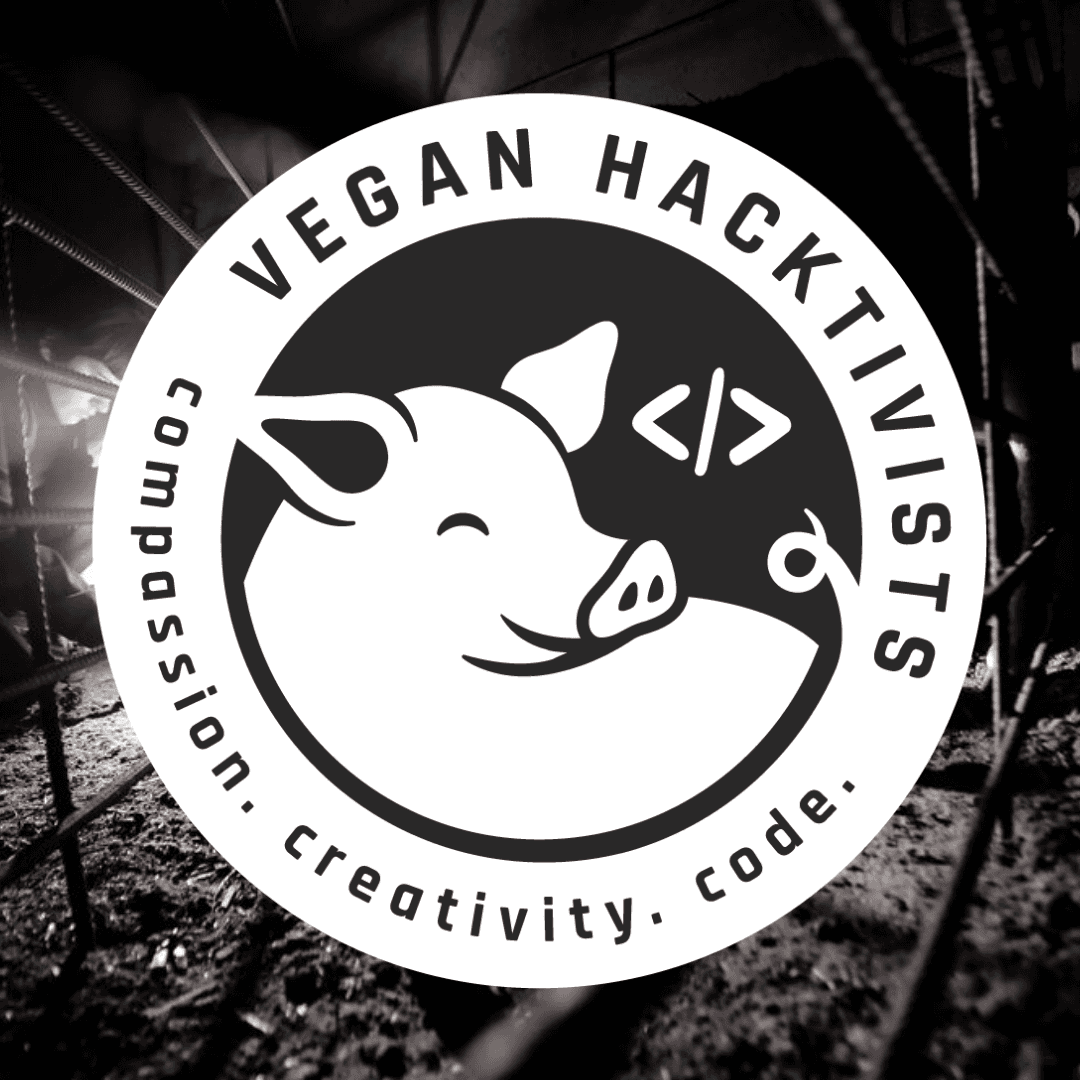
We are a mission-driven tech organization focused on building data-driven, disruptive, and innovative projects to help see an end to animal exploitation.

We are a mission-driven tech organization focused on building data-driven, disruptive, and innovative projects to help see an end to animal exploitation.
